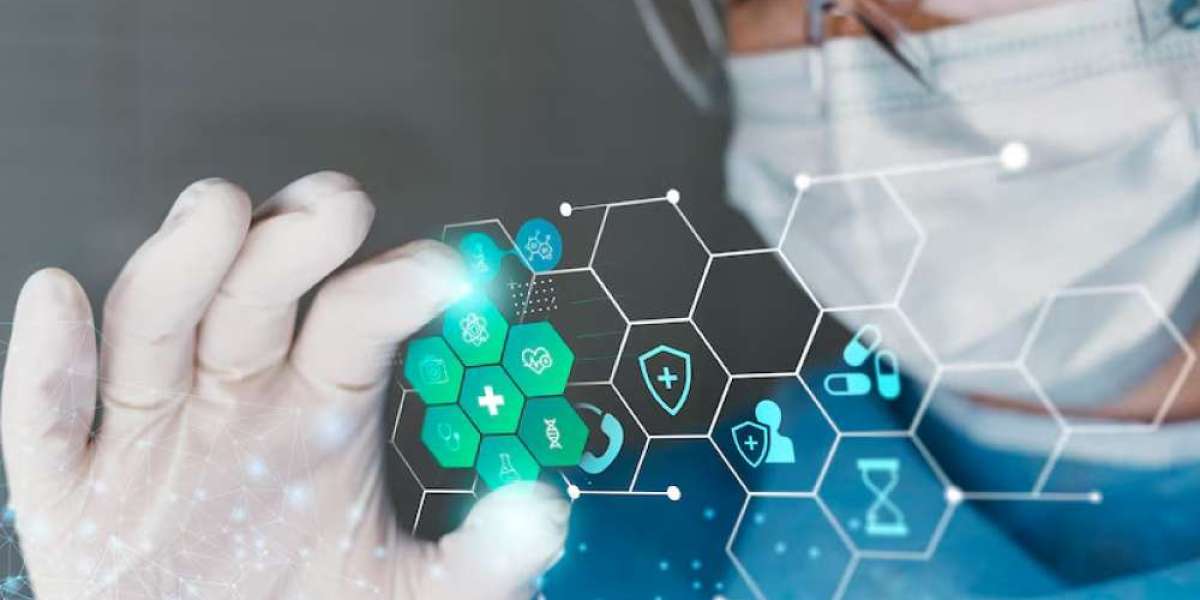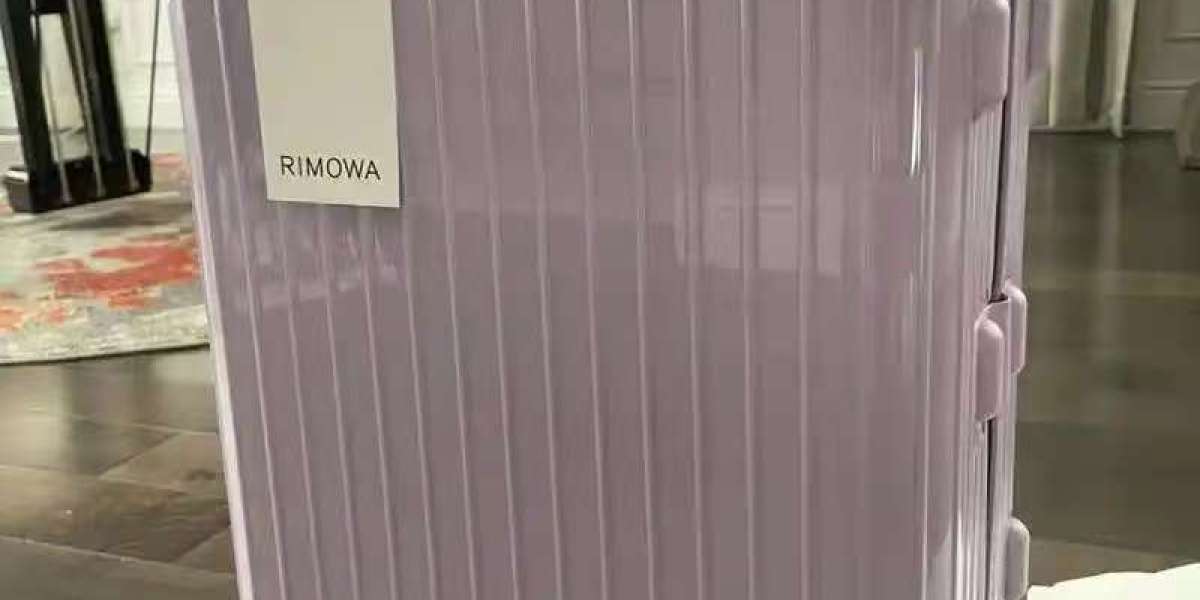India's Remote Patient Monitoring Revolution: Bridging Gaps Beyond Metros
In the rapidly transforming Indian healthcare landscape, Remote Patient Monitoring (RPM) is emerging as a vital link between hospitals and homes. While initially viewed as a luxury for urban India, RPM is now making inroads into Tier-2 and Tier-3 cities — transforming how healthcare is accessed, delivered, and experienced.
A New Era of Healthcare: Beyond the Four Walls
Remote patient monitoring uses digital technologies to collect health data from individuals outside of conventional healthcare settings. These tools include smart wearables, Bluetooth-enabled glucometers, heart rate monitors, oxygen saturation devices, and even smartphone apps connected to cloud platforms. This data is then transmitted securely to healthcare professionals who can analyze trends, adjust treatments, and intervene early if needed.
What was once a solution mainly confined to metro cities like Delhi, Mumbai, or Bengaluru is now reaching small towns like Indore, Kochi, Ranchi, and Guwahati. The COVID-19 pandemic was a major inflection point. It forced both providers and patients to rethink the value of in-person visits and explore remote care options. The seeds planted during the pandemic are now sprouting as full-fledged RPM ecosystems across India.
Rising Demand in Smaller Cities
Several factors are accelerating RPM adoption in Tier-2 and Tier-3 cities:
Healthcare Access Gap: Many smaller towns still suffer from doctor shortages and limited specialty care. RPM allows specialists from urban centers to monitor patients in distant locations, effectively decentralizing healthcare.
Chronic Disease Burden: With the growing prevalence of diabetes, hypertension, COPD, and cardiovascular diseases in non-urban populations, regular monitoring is essential. RPM helps patients manage their conditions without frequent hospital visits.
Increased Digital Penetration: Affordable smartphones, improving internet connectivity, and government-led digital literacy campaigns have empowered rural and semi-urban populations to embrace health apps and connected devices.
Cost-effectiveness: RPM helps cut down repeated travel costs and hospital readmissions, making it economically appealing for families in smaller cities.
Startups and Tech Enablers Driving Change
India's vibrant healthtech startup ecosystem is responding with customized solutions for these geographies. Companies are building multilingual apps, offering simplified user interfaces, and integrating AI-driven alerts that help patients and caregivers take timely action.
Startups like Dozee, HealthPlix, and MyKare have developed RPM models that cater to hospitals, clinics, and homecare providers in emerging cities. They are collaborating with local healthcare workers and setting up mobile kiosks that act as mini-health stations.
Additionally, partnerships with diagnostic labs and pharmacies are ensuring that necessary services such as blood tests or medicine deliveries are seamlessly connected with the remote monitoring platforms.
Government Initiatives and Support
The Indian government's National Digital Health Mission (NDHM) and Ayushman Bharat Digital Mission (ABDM) are key enablers of this transformation. By encouraging digital health IDs, interoperable health records, and teleconsultation platforms, the government is creating the infrastructure needed for RPM to flourish at scale.
Several state governments are also supporting pilot projects in rural health centers, where wearable devices and RPM platforms are being used to monitor maternal health, tuberculosis treatment adherence, and cardiovascular risk.
Challenges on the Road
Despite the progress, a few hurdles remain:
Connectivity Gaps: While mobile internet is growing, some remote regions still lack reliable networks.
Digital Literacy: Elderly patients or those unfamiliar with technology may face difficulty in operating RPM devices.
Data Privacy Concerns: As more personal health data is transmitted and stored digitally, ensuring robust cybersecurity protocols is essential.
Integration with Healthcare Systems: Not all hospitals are equipped to integrate RPM data into their clinical workflows or electronic health records.



